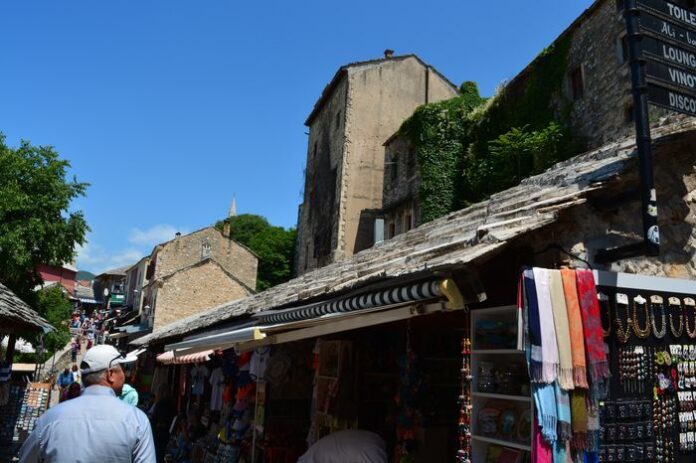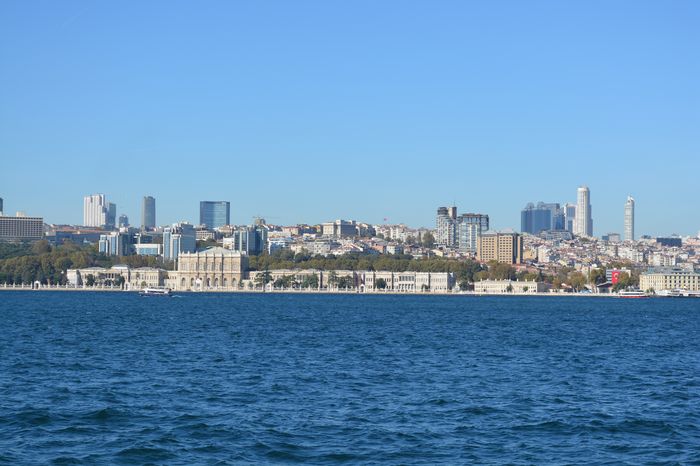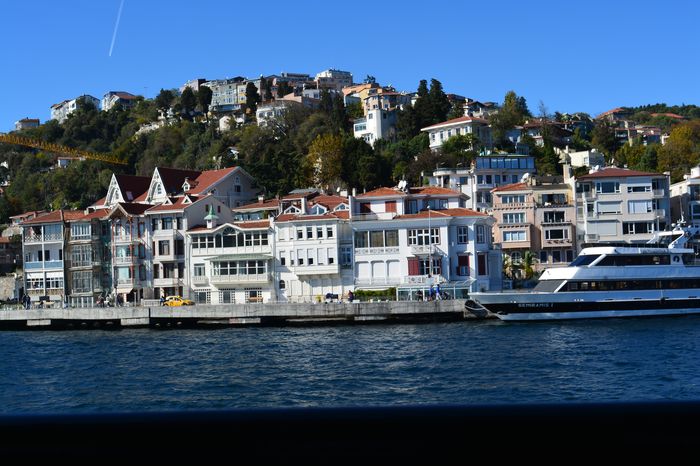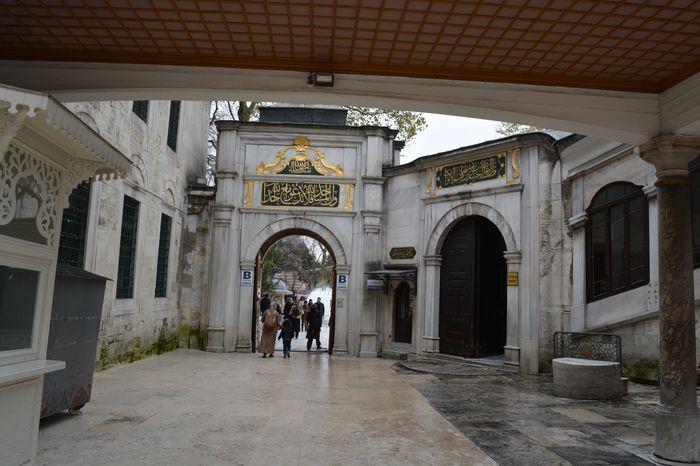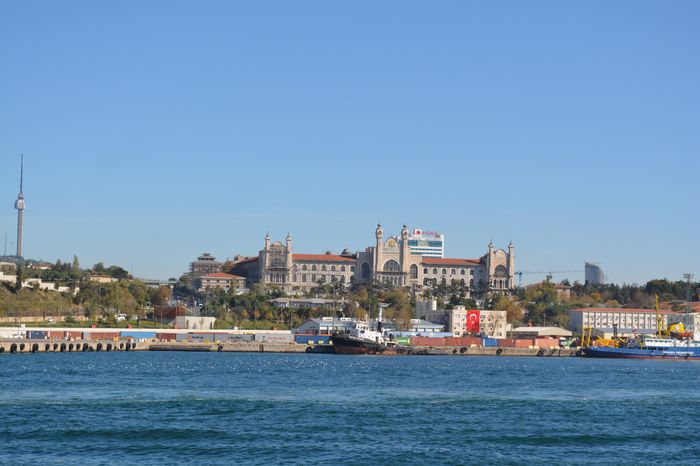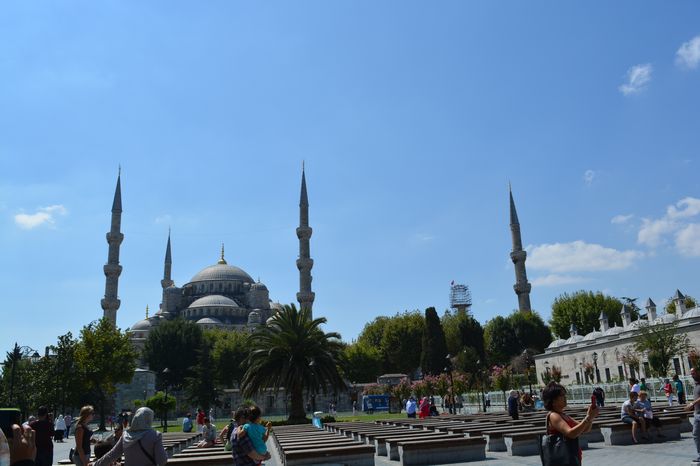An Imperial Residence in the Northwest of Constantinople
The Palace of Blachernae was one of the most important imperial residences in Byzantine Constantinople, especially during the later centuries of the empire. However, until the site is fully excavated, much of what we know about the palace comes from the writings of historians like Du Cange and Paspates, who studied Byzantine texts to gather information about it The Tower of Anemas and the Tower of Isaac Angelus.
Location and Early History
The palace was located in the Blachernae district, which likely belonged to the Fourteenth Region of Constantinople. This district sat on the western edge of the Sixth Hill, near the Golden Horn. According to the Notitia Urbis Constantinopolitanae (a document listing buildings and institutions in the city), the palace already existed there as an imperial residence.
Expansion Under Emperor Anastasius I
The palace began to grow in importance during the reign of Anastasius I (491–518). He added a grand dining hall known as the Triclinium of Anastasius (Greek: Τρίκλινος Ἀναστασιακός), making it a more suitable space for hosting imperial events and court functions City Tours Istanbul.
Additions in the Tenth Century
By the 10th century, the palace had several new sections:
The Triclinium of the Holy Shrine, named after the relics of the Virgin Mary’s robe and mantle, kept in the nearby Church of Blachernae.
The Triclinium Danubius, another banquet hall.
The Portico Josephiacus, likely a covered walkway or reception space.
These additions made the palace a complex and grand structure suitable for hosting foreign visitors and state ceremonies.
Imperial Use During the Comnenian Period
Under Alexius I Comnenus (1081–1118), the palace became a frequent residence of the imperial court. He received leaders of the First Crusade there, including:
Peter the Hermit, Godfrey of Bouillon, Bohemond of Taranto
His successor, Manuel I Comnenus, further restored and beautified the palace. Because of his work, it became known as the “New Palace”. Manuel also hosted Amaury, the King of Jerusalem, there, showcasing the palace’s splendor as part of diplomatic relations.
Architectural Features and Strengthening
Manuel is believed to have built the Domus Polytimos, a richly decorated building, and a high structure named after Empress Irene. He also strengthened the security of the palace by constructing new defensive walls, and later Isaac II Angelus added a tower for further protection.
The Fourth Crusade and the Palace
In 1203, during the Fourth Crusade, the palace became the setting for negotiations between Emperor Isaac II Angelus and the envoys of Baldwin of Flanders and Enrico Dandolo, the leaders of the Crusade. The following year, when Constantinople was captured in 1204, the palace surrendered to Henry, the brother of Baldwin.
However, despite this takeover, the Latin emperors of Constantinople preferred to reside in the Palace of Bucoleon, located closer to the Sea of Marmara.
The Palace of Blachernae was a key symbol of Byzantine imperial power and prestige in the later period of the empire. With its rich history, royal visitors, and architectural development, it played a vital role in both the political and religious life of Constantinople. Once excavated, it will likely reveal even more about the splendor of the Byzantine Empire.
